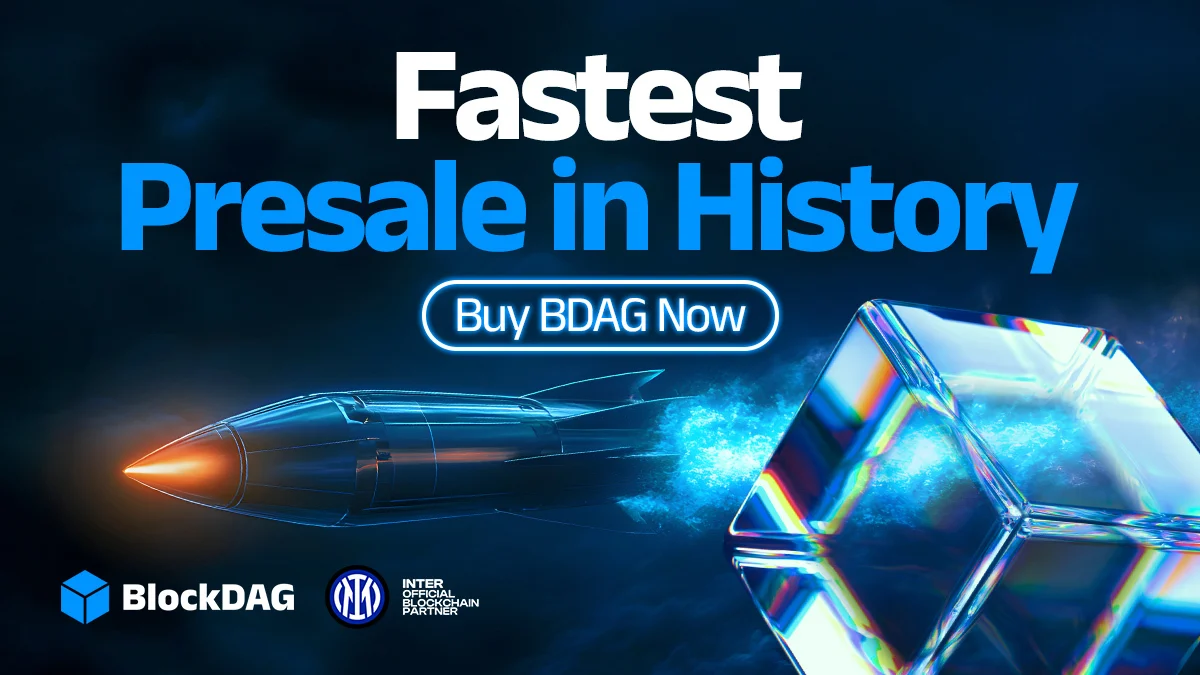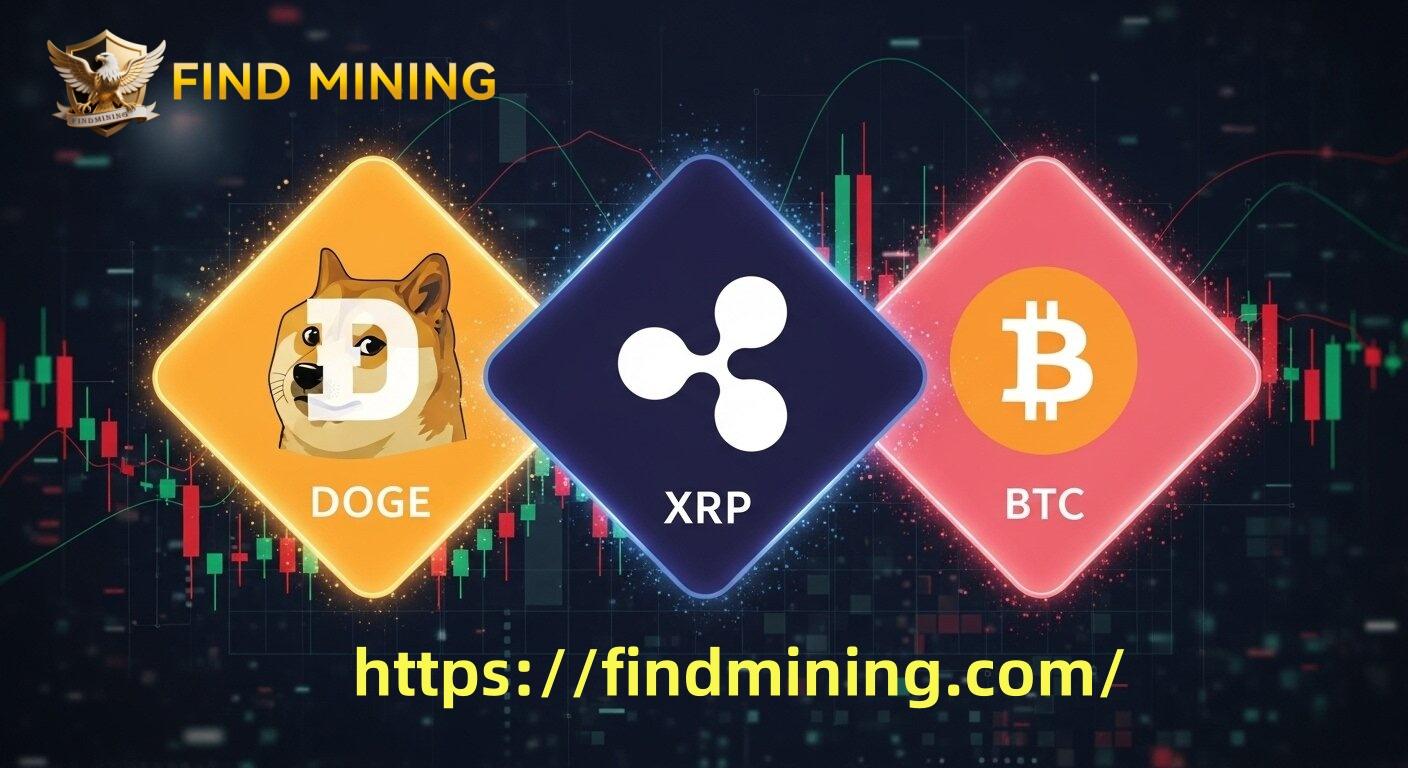LYNO vs Solana: Can This AI Web3 Project Become the Next Scalable Blockchain Leader?
Solana is known for its fast Layer 1 blockchain but a new competitor, LYNO, is entering the space with a different kind of scalability.
Solana is known for its fast Layer 1 blockchain but a new competitor, LYNO, is entering the space with a different kind of scalability. Instead of focusing on throughput, LYNO is scaling through AI-powered cross-chain automation. Built on Ethereum and backed by real DeFi utility, LYNO is targeting inefficiencies across networks and as the presale gains momentum, the question is can LYNO’s model surpass Solana’s in the long-term race for blockchain scalability.
Throughput vs Cross-Chain Execution
Solana scales by processing thousands of transactions per second. Its Proof of History consensus allows devs to deploy dApps fast and with low latency. But Solana’s model is self-contained. It doesn’t natively interact with other chains, requires bridges to access external ecosystems, adding complexity and potential vulnerabilities.
LYNO takes a different path. Instead of building its own blockchain, it’s a decentralized AI engine that identifies and executes arbitrage opportunities across Ethereum, BNB Chain, Polygon, Arbitrum and more. It doesn’t need to process high volumes itself, it scans other chains in real time using predictive models to find price discrepancies between tokens and liquidity pools.
This allows LYNO to scale outward, not upward. It operates on top of existing chains offering value by bridging liquidity and executing trades across multiple ecosystems. Where Solana builds internal speed, LYNO expands through autonomous reach.
Tokenomics, Presale, and Ecosystem Entry
LYNO runs on the ERC-20 standard with a fixed total supply of 500 million tokens. The project is currently in the Early Bird presale stage, selling at $0.0500 per token and so far, over 210,944 LYNO tokens have been sold, representing 1.32% of the 16 million allocated for this round.
It is available in ETH, USDT, or USDC and a centralized exchange (CEX) listing will be available once the presale has ended. Access is permissionless and any Web3 user can join without technical expertise. Unlike Solana, which needs to run validators or deploy code in some way, LYNO brings a fully stand-alone experience.
Here’s how the token is distributed:
- 28% – Community Presale
- 35% – Community & Ecosystem
- 10% – Liquidity Provision
- 10% – Core Team
- 10% – Treasury & Ops
- 5% – Advisors
- 2% – Marketing
To support early traction, LYNO launched a 100,000 token giveaway. Ten winners will each receive 10,000 LYNO, with a $100 minimum contribution required. Participants must join the presale to qualify for the final draw.
Can LYNO Overtake Solana in Scalability?
Solana’s chart shows recent volatility, yet it remains a top-tier blockchain for developers needing raw speed. Still, it doesn’t solve for interoperability. LYNO’s model isn’t about competing on transactions per second, it’s about operating across chains where other protocols stop.
If Web3's scalability shifts from speed to intelligent interoperability, LYNO could lead. It enables users to automatically tap into cross-chain profit opportunities without being tied to a single ecosystem. That’s scalability measured by access, automation, and reach, not just throughput.
For more information about LYNO, visit the links below:
Website: https://lyno.ai/
Twitter/X: https://x.com/Lyno_AI
Telegram: https://t.me/lyno_ai
Delegate Your Voting Power to FEED DRep in Cardano Governance.
DRep ID: drep12ukt4ctzmtf6l5rj76cddgf3dvuy0lfz7uky08jfvgr9ugaapz4 | We are driven to register as a DRep by our deep dedication to the Cardano ecosystem and our aspiration to take an active role in its development, ensuring that its progress stays true to the principles of decentralization, security, and community empowerment.DELEGATE VOTING POWER!








